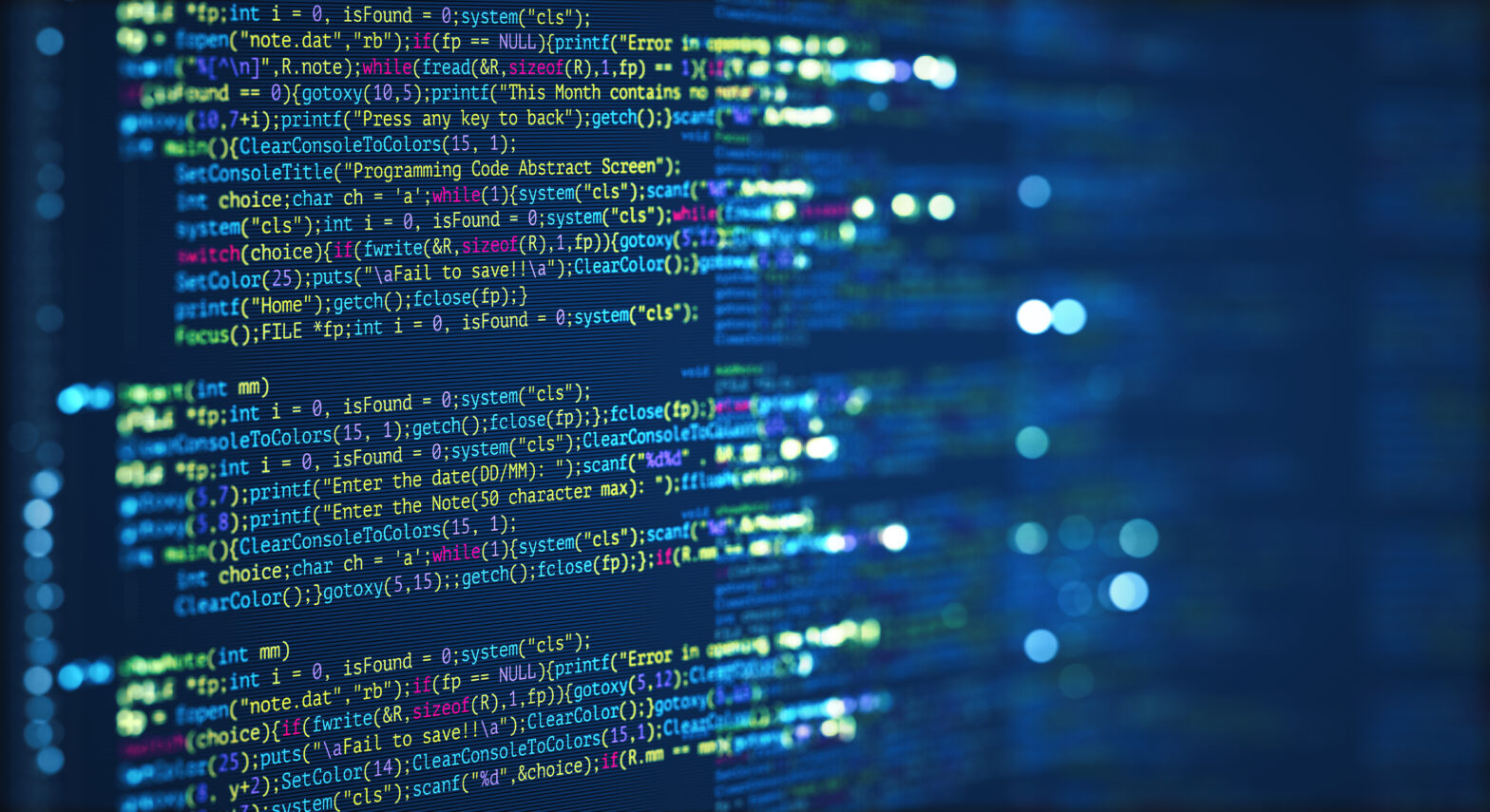Education is the leading force that is accelerating development globally and is the only answer to providing sustainable growth in the coming centuries.
There has been a change in paradigm of how students learn and teachers teach due to the exploitation of modern computer, network and learning infrastructure.
A successful future educational initiative will require ongoing, long-term efforts that can lead to new goals, approaches and new ways of thinking. Researchers term this as ‘second-order change’: the type of substantive change that drives deep impact.
A fundamental change in the education process is to take out the factory production approach to having a process that enables individual needs and opportunities that makes it relevant, and connect them to the global happenings.
>See also: Top 10 strategic technologies impacting education – Gartner
Modern-day students challenge their teachers to be innovative and to make the learning environments more exciting, flexible and rewarding.
This generation’s students inhabit a borderless world offering limitless connection, data and mobility. They can choose to access knowledge and collaborate on a global scale. The expectation of education delivery is to match this aspiration through usage of technology.
Connecting state schools to the internet has to be a key initiative in every part of the developing world, with an ambition bigger than improving education. Irrespective of the remoteness and parity of growth, students quickly adapt to the technology and learn with gusto.
This also provides an opportunity to involve life for families and communities through the way young people learn, because learning forums are so much more open, transparent and collaborative.
Technology can be used more creatively to move beyond classroom walls and can transform education with completely new ways to learn new skills.
A transformative education initiative should fundamentally change the way in which it is imparted and not try to use technology to just enable the old ways of learning.
It should start from a vision that guarantees student success with full participation of teachers and parents. This will help schools drive change by improving student learning and bridging parity, to increase student engagement and skills development that will ultimately aid in global transformation.
There are a number of initiatives in education where a lot of infrastructure is provided with a hope that it will improve education. Infrastructure without content, without experimenting with new ways of teaching and without enabling collaboration will be a futile attempt.
Infrastructure is important, but empowerment and transformational change management is paramount. Futuristic education transformation should bring the teachers to first shed the inhibition to change from being a teacher to a facilitator. And a sustained programme needs to be planned and sustained.
Education’s new avatar will not be popular with everyone. The traditionalists will resist ideas that erode historic school structures. Teacher associations will not appreciate having their importance shrunk by technology.
Others may even question the way in which students are evaluated through tests than can be replaced by a continuous monitoring of learning understanding. All this and more will be challenges.
But schools and teachers that are given an opportunity and empowerment will welcome such a change. Disrupting the school or education should start from a classroom – the way they arrange teaching and learning – and then build upwards.
Successfully introducing innovative ways of teaching should sustain them and vitalise the school system to be successful, and more disruption will follow success.
The key focus must be on achievement of the education and development objective and not on promoting shiny gadgets. This can be achieved by the usage of interchangeable delivery of education through a multitude of gadgets and should not be dependent on one.
There are two key questions to ask: how can education systems assimilate this into programme design and delivery in order to improve efficiency, control costs and expand the delivery of education to larger numbers of people; and how will the convergence of communications technologies affect the potential for providing improved learner support?
>See also: How to create a university education for the Internet of Things
We are in the era of vast numbers of open online courses which allow students globally to learn what they are interested in and at their own pace. This trend itself is a harbinger for things to come.
Providing education in new and unconventional ways is only one of a number of solutions, but it is through innovation that challenges of improved efficiencies, lower costs, increased accessibility and greater success in achieving development goals through education can be met.
These disruptions in education provide an opportunity to revisit how to cultivate children’s learning and futures in a way that is based on what is known today.
The transition won’t be easy, especially for complex government-run institutions like education, but with a huge looming deficit and only potential relief in sight, what choice is there? It is a risk worth taking.
Sourced from Subramanian Gopalaratnam, Xchanging










